Drain cleaner is a common solution for unclogging sinks and drains, but can it be used in a toilet?
We will explore the types of drain cleaners available, the precautions to take when using them in a toilet, and the alternatives to consider.
We will also discuss when it might be time to call a professional plumber and how to prevent clogs in your toilet.
Learn more about maintaining your plumbing system effectively!
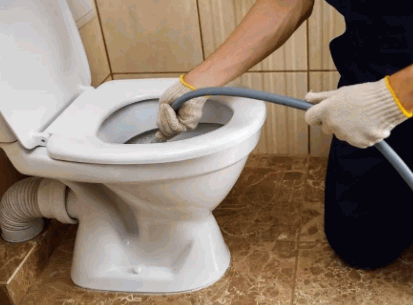
What Is Drain Cleaner?
A drain cleaner is a chemical product that is used in plumbing to unclog pipes and remove blockages safely and effectively.
When using a drain cleaner, it is essential to follow the manufacturer's instructions carefully to ensure safe and efficient use. These products typically contain powerful chemicals that can dissolve organic matter, hair, grease, and other materials that can lead to clogs in your pipes.
To apply a drain cleaner, pour the recommended amount directly into the drain and let it sit for the specified time before flushing with water. It is important to wear gloves and eye protection when handling drain cleaners to avoid skin irritation or injury.
By using drain cleaners as directed, you can maintain properly flowing drains in your home.
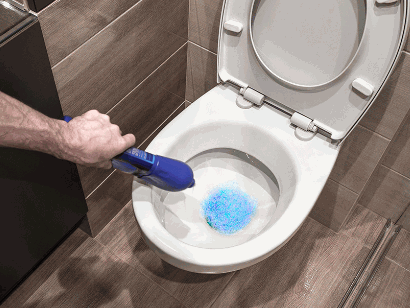
How Does Drain Cleaner Work?
Drain cleaners work by utilizing powerful chemicals to break down clogs and blockages in pipes, providing an effective solution for unclogging drains.
These chemical components in drain cleaners consist of strong acids or bases like sulfuric acid, sodium hydroxide, or potassium hydroxide. These ingredients react with the organic materials causing the clogs, and helping to dissolve them effectively.
Drain cleaners come in various forms such as liquids or powders, each with its unique application method. While these cleaners can be highly effective in clearing blockages, they can also be corrosive and potentially harmful if not used correctly. Users should always follow safety instructions, wear protective gear, and ensure proper ventilation when handling chemical drain cleaners.
Learn more: How To Clean Drain In Sink
What Are The Types Of Drain Cleaners?
There are various types of drain cleaners available, including chemical, enzymatic, and hydro-mechanical options, each offering different solutions for unclogging pipes.
Chemical drain cleaners are powerful solutions that work by breaking down clogs using strong chemicals. They are typically available in liquid or powder form and are effective in clearing tough blockages caused by hair, grease, or soap scum. They can be corrosive and may damage pipes if not used properly.
Enzymatic cleaners, on the other hand, harness natural enzymes to break down organic matter like hair and food particles. These cleaners are safer for pipes and the environment.
Hydro-mechanical cleaners, which use mechanical force to dislodge clogs, are ideal for dealing with stubborn blockages without the need for harsh chemicals. For those looking for eco-friendly options, alternative methods like using a plunger or a drain snake can be effective in clearing minor clogs without resorting to chemical cleaners.
Chemical Drain Cleaners
Chemical drain cleaners are powerful solutions that come in liquid or powder form, designed to dissolve tough clogs through their strong and sometimes corrosive properties.
While these cleaners can be effective in breaking down blockages, it is important to use them with caution due to their corrosive nature. When using chemical drain cleaners, it is crucial to carefully follow the instructions provided on the product packaging. It is recommended to wear protective gear such as gloves and goggles to prevent any potential skin or eye irritation. Proper ventilation is also necessary when working with these cleaners to avoid inhaling harmful fumes.
Another important tip is to never mix different types of drain cleaners, as this can lead to dangerous chemical reactions that may cause harm to plumbing systems or even pose a risk to your health.
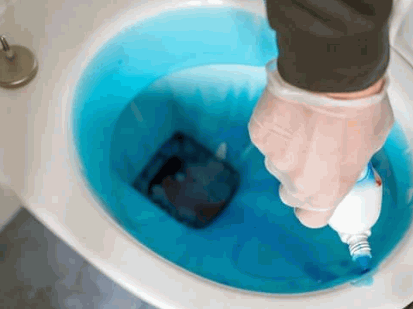
Enzymatic Drain Cleaners
Enzymatic drain cleaners utilize natural enzymes to break down organic matter and bacteria in slow-draining pipes, offering a more environmentally friendly solution compared to chemical cleaners.
These natural enzymes work by targeting the specific compounds found in organic residues and bacterial build-up within the pipes, effectively breaking them down into smaller, more manageable components. By harnessing the power of beneficial bacteria and enzymes such as protease and amylase, enzymatic cleaners can efficiently tackle grease, hair, soap scum, and other common culprits that lead to clogged drains.
The unique blend of natural ingredients in enzymatic cleaners not only ensures the cleanliness of your plumbing system but also helps prevent future blockages by promoting a healthy flow of water through the pipes.
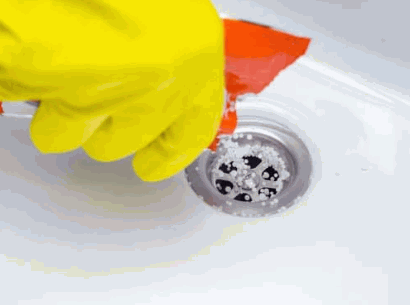
Hydro-Mechanical Drain Cleaners
Hydro-mechanical drain cleaners operate through mechanical force to unclog pipes, utilizing water pressure or augers to clear blockages in the plumbing system.
One of the primary advantages of hydro-mechanical cleaners is their effectiveness in situations where chemical solutions may not be suitable. Chemical drain cleaners can be harsh on pipes and may not always effectively break down certain types of clogs. In contrast, hydro-mechanical methods are more gentle on the plumbing system while still being powerful enough to dislodge debris. The use of water pressure or augers allows for a thorough cleaning process, ensuring that even stubborn blockages are removed without the risk of pipe damage.
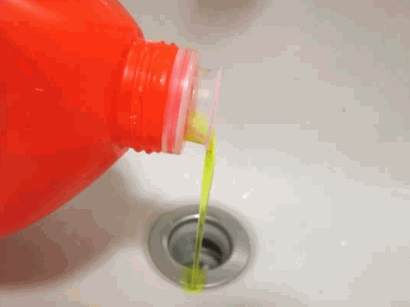
Can You Use Drain Cleaner In A Toilet?
Using drain cleaner in a toilet is possible, but it requires precautions due to the harmful nature of the chemicals involved and the potential risks associated with improper usage.
When applying drain cleaner to a toilet, it's crucial to prioritize safety measures. First and foremost, ensure the area is well-ventilated to minimize exposure to fumes. Protective gear such as gloves should be worn to shield the skin from potential contact with the corrosive substances. Carefully follow the instructions on the cleaner's label, as different products may have specific application methods. Never mix different types of drain cleaners, as this can lead to dangerous chemical reactions. By taking these precautions, you can safely unclog a toilet using a drain cleaner.
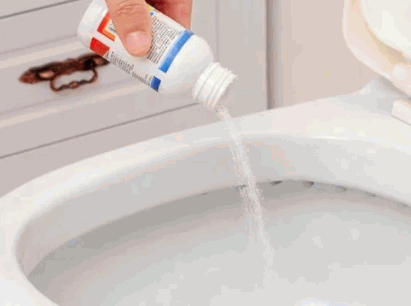
Yes, But With Precautions
Yes, drain cleaner can be used in a toilet, but it must be done with utmost precautions to avoid exposure to harmful fumes and chemicals.
Therefore, it is crucial to wear protective gear such as gloves and goggles to shield oneself from potential skin and eye irritation. Proper ventilation is also essential to prevent inhaling the strong fumes that drain cleaners emit. Always read and follow the instructions on the product label carefully before using the cleaner in the toilet to ensure maximum safety. Taking these precautions can help minimize the risks associated with handling strong chemical substances like drain cleaners.
No, If You Have A Septic System
It is not recommended to use drain cleaner in a toilet if you have a septic system, as the chemicals can cause damage and disrupt the balance of the system, requiring professional assistance.
When drain cleaners containing harsh chemicals are introduced into a septic system, they can kill off essential microbes that play a key role in breaking down waste. This can lead to an imbalance in the septic tank, potentially causing clogs, backups, and even system failure. Homeowners with septic systems should opt for environmentally friendly alternatives and consult experienced plumbers to ensure the longevity and efficiency of their septic systems.
What Are The Precautions To Take When Using Drain Cleaner In A Toilet?
When using drain cleaner in a toilet, it is crucial to take specific precautions to ensure safety and effectiveness, including following instructions, wearing protective gear, and keeping children and pets away from the area.
Reading and adhering to warning labels on the product is essential to understand the potential hazards and proper usage. Ensure that there is adequate ventilation in the bathroom when applying the drain cleaner to prevent inhaling harmful fumes. It is recommended to wear gloves to protect your skin from any potential splashes or spills. As an extra precaution, always keep the drain cleaner out of reach and sight of children and pets to avoid accidental ingestion or exposure.
Wear Protective Gear
Before using drain cleaner in a toilet, always wear protective gear such as gloves and goggles to safeguard against potential skin and eye irritation.
When handling drain cleaners, it is crucial to ensure proper ventilation in the area to minimize exposure to fumes. In case of accidental contact with the skin or eyes, it is advisable to immediately flush the affected area with water and seek medical attention. Storing drain cleaner in a secure location away from children and pets is essential to prevent accidental ingestion. Following these safety measures can significantly reduce the risks associated with handling chemical substances like drain cleaners.
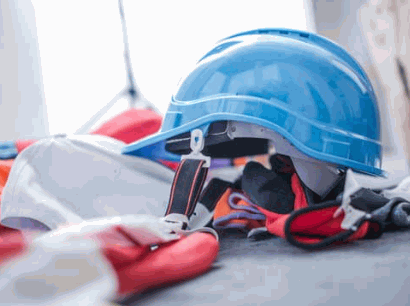
Use The Right Amount Of Cleaner
Ensure that you use the correct amount of drain cleaner as instructed on the packaging to avoid overuse or underuse, which can impact the effectiveness of the product and potentially cause damage to the plumbing system.
It is crucial to follow the manufacturer's guidelines when determining the appropriate dosage for your specific drain issue.
When dealing with a clogged toilet, remember to pour the cleaner slowly to prevent splashing, and wear protective gloves and goggles.
Never mix different types of drain cleaners or use them in combination with other chemicals, as this can lead to dangerous reactions.
Proper disposal of any leftover cleaner is essential to prevent environmental harm.
It is recommended to use drain cleaner only as needed and not as a regular preventive measure to maintain a healthy plumbing system.
Follow Instructions Carefully
Always follow the instructions provided on the label and packaging of the drain cleaner meticulously to ensure safe usage and prevent potential chemical reactions that may result from improper application.
By carefully reading and adhering to the manufacturer's guidelines, you can minimize the risks of accidental mixing of incompatible chemicals or misuse of the product.
Understanding the specific instructions for dilution ratios, contact time, and safety precautions is crucial for effectively clearing your drains while keeping yourself and the environment safe.
Failure to comply with these guidelines could not only compromise the effectiveness of the product but also pose dangers to your health and the plumbing system in your home.
Ventilate The Area
Maintain proper ventilation in the area when using drain cleaner in a toilet to disperse any noxious odors or fumes that may arise during the cleaning process, ensuring a safer environment for handling the product.
You can achieve better air circulation by opening windows or using exhaust fans during the application of drain cleaner in the toilet. This step is crucial in minimizing the concentration of harmful vapors that can be released when the cleaner comes in contact with the clogged material. By allowing fresh air to flow through the space, you significantly reduce the risk of inhaling toxic fumes and make the task safer for yourself and others in the vicinity.
Keep Children And Pets Away
For added safety, ensure that children and pets are kept away from the area where drain cleaner is being used in a toilet to prevent accidental ingestion or contact with the chemical product.
One effective way to create a child and pet-free zone around the toilet during drain cleaning is by securing the bathroom door or using a safety gate to block access. It's crucial to store the drain cleaner in a high cabinet or lockable container to prevent curious hands or paws from reaching it. Always double-check the bathroom before applying the cleaner to ensure that no toys or pet belongings are left within reach. Taking these precautions can significantly reduce the risk of accidents and protect your loved ones from harm.
What Are The Alternatives To Using Drain Cleaner In A Toilet?
If you prefer to avoid using drain cleaner in a toilet, there are alternative methods such as plungers, plumbing snakes, and homemade solutions that can effectively clear blockages without the use of chemicals.
- Plungers, a common household tool, work by creating a seal around the drain and using suction to dislodge the blockage through repeated plunging.
- Meanwhile, plumbing snakes, also known as augers, are long flexible tools that can reach deeper into the pipes to physically remove stubborn clogs.
Homemade remedies like a mixture of baking soda and vinegar create a foaming reaction that can help break down organic materials causing the blockage, providing a natural and eco-friendly solution for unclogging drains.
Plunger
A plunger is a common and effective tool for DIY unclogging of toilets, as it creates suction to dislodge blockages and restore proper drainage without the need for chemical cleaners.
To effectively use a plunger, start by ensuring a good seal between the plunger and the toilet drain opening. Press the cup of the plunger firmly against the drain and maintain a tight grip on the handle. Create a back-and-forth motion with the plunger, applying gentle but consistent pressure. This action helps in building up suction inside the pipe, which can dislodge the blockage and allow water to flow freely. Repeat the plunging motion several times if needed, but avoid using excessive force that could damage the plumbing. After successful unclogging, flush the toilet to ensure proper drainage.
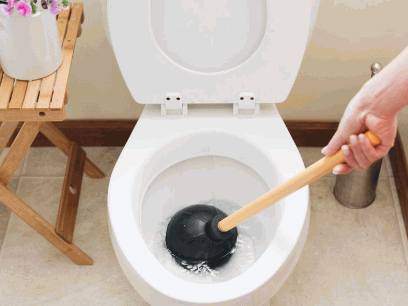
Plumbing Snake
A plumbing snake, also known as an auger, is a specialized tool that can be used to tackle stubborn clogs in toilets and pipes, providing a mechanical solution without the need for chemical intervention.
By inserting the snake down the drain, it effectively breaks up blockages by either physically removing the obstruction or hooking onto it for extraction. The snake's flexible, coiled design allows it to navigate through bends and traps in the plumbing system, reaching deeper into the pipes where other methods might fail. This makes it particularly useful for more challenging blockages that may be out of reach for standard plungers or drain cleaners, often requiring the expertise of a professional plumber for resolution.
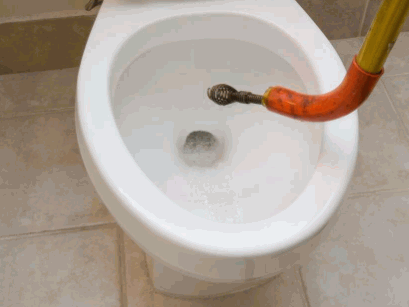
Homemade Solutions
Homemade solutions like a combination of baking soda and vinegar offer a natural and eco-friendly alternative to chemical drain cleaners for unclogging toilets and maintaining clear pipes.
These simple household items can work wonders when it comes to preventing clogs and keeping drains flowing smoothly. Baking soda's abrasive nature helps to scrub away residue and buildup in the pipes, while vinegar's acidic properties break down organic matter. Together, they create a fizzy reaction that is not only effective in clearing blockages but also safe for the environment.
By opting for these DIY remedies, you can avoid the strong odors and potential toxicity associated with commercial drain cleaning products, making your home a healthier place for you and the planet.
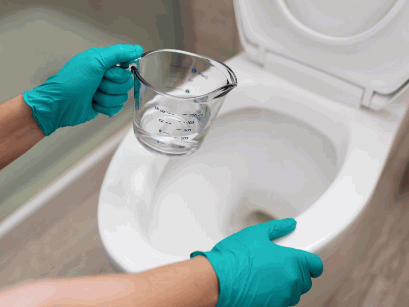
When Should You Call A Professional Plumber?
If DIY methods fail to resolve the toilet clog or if there are signs of damage to the plumbing system, it is recommended to call a professional plumber for expert assistance in addressing the issue.
Professional plumbers can tackle persistent clogs that home remedies can't handle, as well as identify and repair damaged sewer lines. Attempting complex plumbing repairs without proper knowledge can worsen the situation, leading to costly repairs.
When engaging with a plumber, ensure they are licensed, and insured, and provide upfront pricing estimates. Professional plumbers have the expertise and tools to efficiently diagnose and fix issues, saving homeowners time and ensuring the job is done correctly.
Seeking professional help for plumbing problems ensures a reliable and long-lasting solution.
How To Prevent Clogs In Your Toilet?
To prevent clogs in your toilet, regular maintenance and careful usage are essential steps to avoid blockages and potential damage to the sewer line or septic system.
- One effective tip is to ensure you have a plunger in your bathroom, as this can quickly resolve minor clogs before they escalate.
- Being mindful of what you flush down the toilet is crucial - only flush toilet paper and human waste. Avoid flushing items like paper towels, facial tissues, feminine hygiene products, or wipes, as these can easily lead to clogs.
- Regularly inspecting your toilet for any leaks or unusual sounds can help you catch problems early, preventing larger issues down the line.
